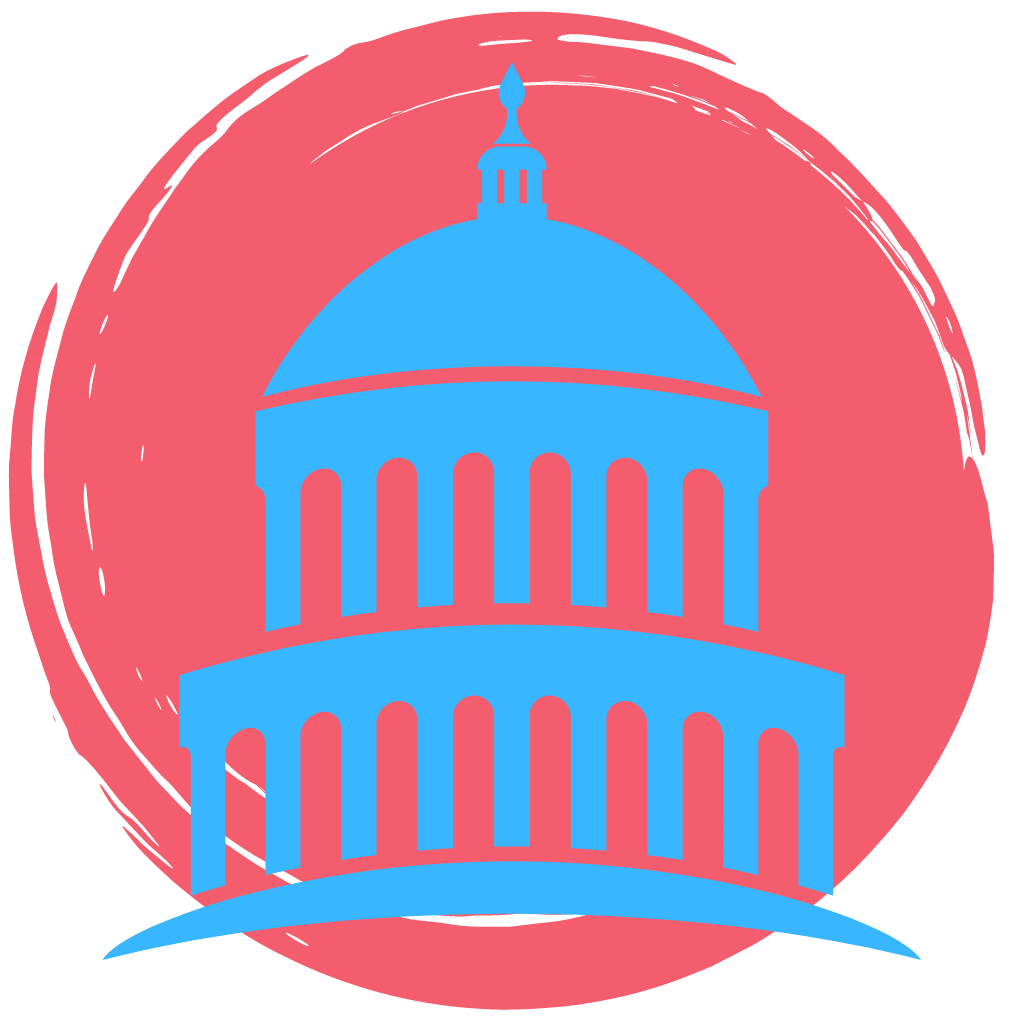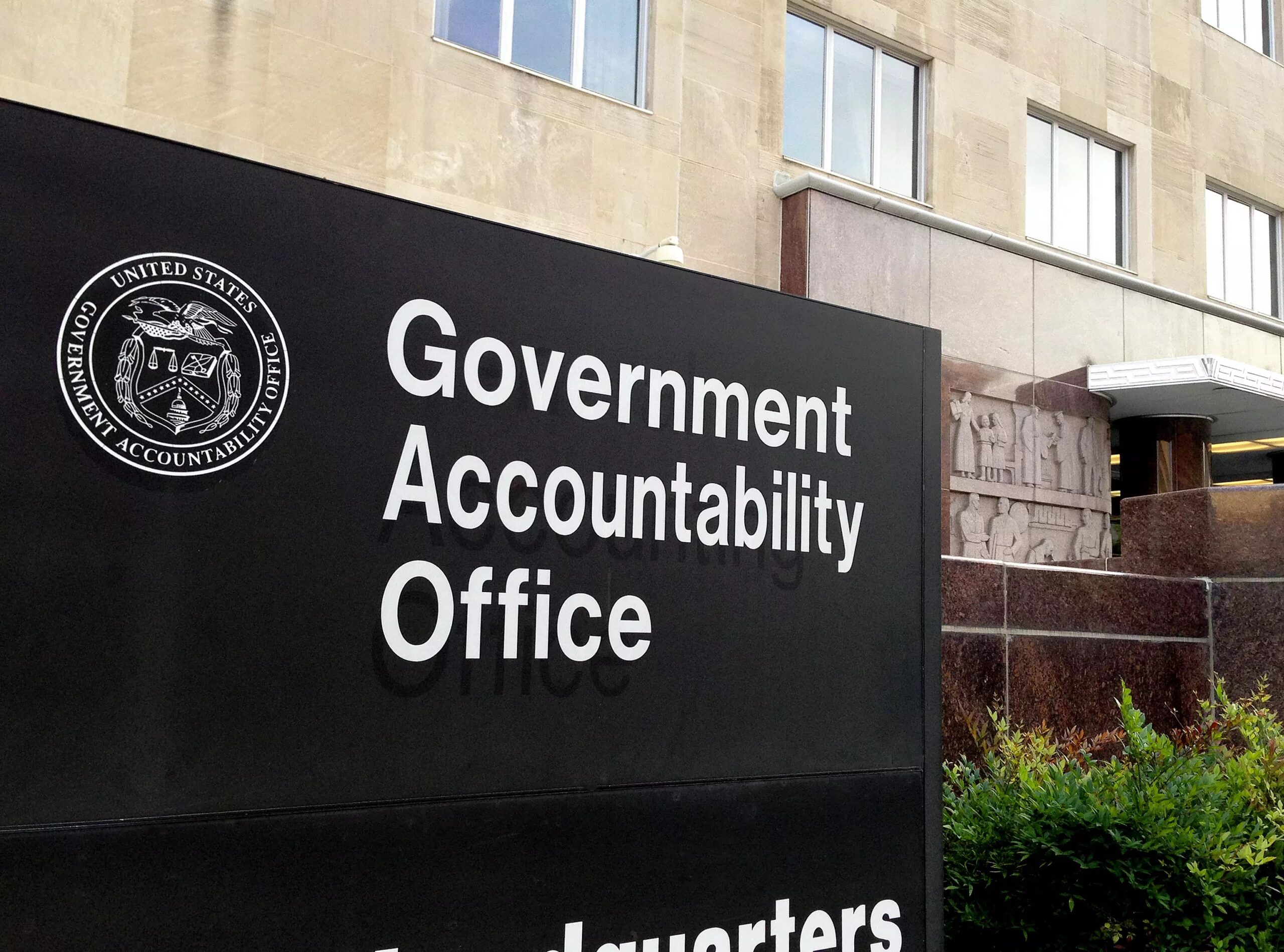The latest Government Accountability Office (GAO) report, “Artificial Intelligence – Agencies Are Implementing Management and Personnel Requirements,” highlights crucial areas where federal agencies face challenges in program management, service delivery, and technology deployment. Understanding these issues is vital for government contractors to align their business strategies with federal priorities and address evolving needs.
Key Findings of the Report
The GAO report outlines several areas where improvements are needed, including technology modernization, program management, and compliance with federal regulations. Below is a summary of the most significant findings:
- Technology Modernization Gaps: Many federal agencies rely on outdated IT systems that hinder their ability to efficiently meet mission goals. The report calls for accelerated efforts in cloud migration, IT infrastructure upgrades, and software development.
- Project Delays and Inefficiencies: Agencies are struggling with program implementation delays and budget overruns. The GAO highlights the need for better project management practices and the adoption of modern tools to streamline processes.
- Cybersecurity Shortcomings: The report underscores serious vulnerabilities in the cybersecurity frameworks of several federal agencies. It calls for enhanced security measures, particularly in the adoption of zero-trust architectures and stricter compliance with federal cybersecurity standards.
- Supply Chain Risks: The GAO points to significant weaknesses in federal supply chains, especially concerning security and compliance with recent regulations such as Section 889 of the National Defense Authorization Act (NDAA). The report urges agencies to adopt more robust supply chain risk management strategies.
- Emerging Technology Needs: Federal agencies are falling behind in integrating emerging technologies such as artificial intelligence (AI) and data analytics into their operations. The report stresses the importance of adopting these technologies to improve decision-making and enhance service delivery.
- Health IT and Public Safety Initiatives: The report also highlights opportunities for improvement in health IT systems and public safety programs. It notes ongoing challenges in modernizing electronic health records (EHRs) and improving emergency response capabilities.
GAO Recommendations
To address these challenges, the GAO has provided several recommendations for federal agencies, including:
- Accelerating IT modernization efforts and prioritizing cloud adoption.
- Strengthening project management frameworks to improve efficiency.
- Enhancing cybersecurity measures in line with federal mandates.
- Improving supply chain security through better risk management.
- Adopting AI and data analytics to optimize federal operations.
How Contractors Can Capitalize on Findings to Improve Offerings and Position Themselves for Success
Key Areas of Focus in the GAO Report
While the title and overall tone of the GAO report were favorable regarding how well agencies are implementing AI initiatives related to the AI Executive Order, the GAO identified several areas where federal agencies could improve efficiency, meet compliance standards, and achieve mission-critical goals. These findings offer valuable insight into how contractors can position themselves to provide much-needed solutions. Below, we summarize the report’s opportunities for government contractors across sectors like IT, cybersecurity, and management consulting.
1. Addressing Inefficiencies in Federal Programs
The GAO report emphasizes inefficiencies in program execution, ranging from outdated IT systems to project delays in key initiatives. For contractors, this represents an opportunity to offer modernization services. The report suggests that agencies are increasingly prioritizing projects focused on:
- IT Modernization: Contractors with expertise in cloud migration, legacy system modernization, and software development are well-positioned to bid on contracts to improve outdated systems. As the federal government shifts more workloads to cloud platforms, opportunities will rise, especially for vendors on contract vehicles like GSA MAS, Alliant II, and SEWP V.
- Project Management Solutions: Many agencies struggle with meeting project deadlines and staying within budget. If you specialize in program and project management, there will be ongoing demand for your services to help agencies streamline processes and improve results.
2. Regulatory and Compliance Requirements
With a growing focus on compliance, particularly in cybersecurity and data management, the report points out gaps that contractors can help fill. Specifically:
- Cybersecurity Compliance: As the federal government continues its push for zero-trust architectures and increased cybersecurity measures, contractors offering FedRAMP-approved solutions and those skilled in implementing NIST standards will find new opportunities. For example, agencies seek partners to help address the weaknesses identified in their cybersecurity posture.
- Supply Chain Security: The GAO report highlights vulnerabilities in federal supply chains. Contractors with experience in supply chain risk management and compliance with Section 889 of the 2019 National Defense Authorization Act (NDAA) can help agencies mitigate these risks. There’s a growing need for robust, secure supply chain management tools and services.
3. Emerging Technology and Innovation Needs
The GAO report touches on emerging technologies like artificial intelligence (AI) and data analytics in enhancing agency operations. Contractors offering cutting-edge solutions in these areas should prepare for new opportunities:
- Artificial Intelligence and Data Analytics: Federal agencies are pressured to integrate AI into their operations to improve efficiency and decision-making. If your business provides AI-driven solutions, there’s a significant opportunity to tap into growing federal investments in this space. Be prepared to offer solutions that adhere to ethical AI principles and provide transparency in AI system design.
- Automation and Process Improvement: Many agencies still rely on manual processes that can be automated for greater efficiency. Contractors specializing in process automation or robotic process automation (RPA) will find agencies open to innovation that simplifies their workflows and reduces costs.
4. Opportunities in Healthcare and Public Safety
If your business operates in health IT or public safety, the report offers insight into potential contract opportunities:
- Health IT Services: Agencies like the Department of Veterans Affairs (VA) and the Indian Health Service (IHS) continue to invest heavily in health IT modernization, electronic health records (EHR), and telehealth services. Contractors with experience in these areas should stay alert for solicitations related to these ongoing federal priorities.
- Public Safety and Disaster Response: In addition to health, agencies are focused on improving public safety and emergency response capabilities. Contractors providing infrastructure support, emergency management services, and public safety IT solutions will see new RFPs as agencies implement the GAO’s recommendations.
5. Improving Agency Performance through Strategic Partnerships
The GAO report also points to the need for better partnerships between government agencies and contractors to achieve mission success. Here’s how you can strengthen your positioning:
- Teaming and Subcontracting: Consider teaming with other contractors to enhance your bid capabilities, especially for large IDIQs (Indefinite Delivery/Indefinite Quantity) and Best-in-Class contract vehicles. Agencies are looking for integrative solutions that combine the expertise of multiple vendors to tackle complex problems.
- Small Business Set-Asides: If you’re a small business, now is the time to take advantage of the federal government’s renewed emphasis on small business contracting. The SBA’s 8(a) program and other small business initiatives are creating more opportunities, especially for women-owned, veteran-owned, and disadvantaged businesses.
Practical Steps Contractors Should Take
To capitalize on the opportunities highlighted in the GAO report, government contractors should:
- Monitor Procurement Forecasts: Agencies typically adjust their procurement strategies based on GAO findings. Keep a close eye on procurement forecasts, especially in sectors like IT modernization, cybersecurity, and public health.
- Strengthen Compliance Practices: Ensure that your company meets the latest regulatory requirements, especially in areas like cybersecurity, supply chain management, and data governance. Agencies will prioritize contractors that have robust compliance programs in place.
- Leverage Contract Vehicles: Position your business on key contract vehicles like GSA MAS, Alliant II, and SEWP V. These vehicles are often used for acquisitions related to the priorities outlined in the report, such as AI, cloud computing, and IT services.
- Build Strong Relationships with Agencies: Engage with agency decision-makers and attend industry days, webinars, and networking events that focus on the areas identified in the GAO report. This will help you stay on top of evolving priorities and procurement strategies.
Conclusion
The GAO report is more than just a review of federal challenges; it’s a roadmap for contractors to align their services with government needs. By focusing on the areas of inefficiency, compliance, and innovation, you can position your company for success in the ever-evolving GovCon landscape. Make sure to act on these opportunities, adjust your strategies, and stay engaged with agency developments to remain competitive.

